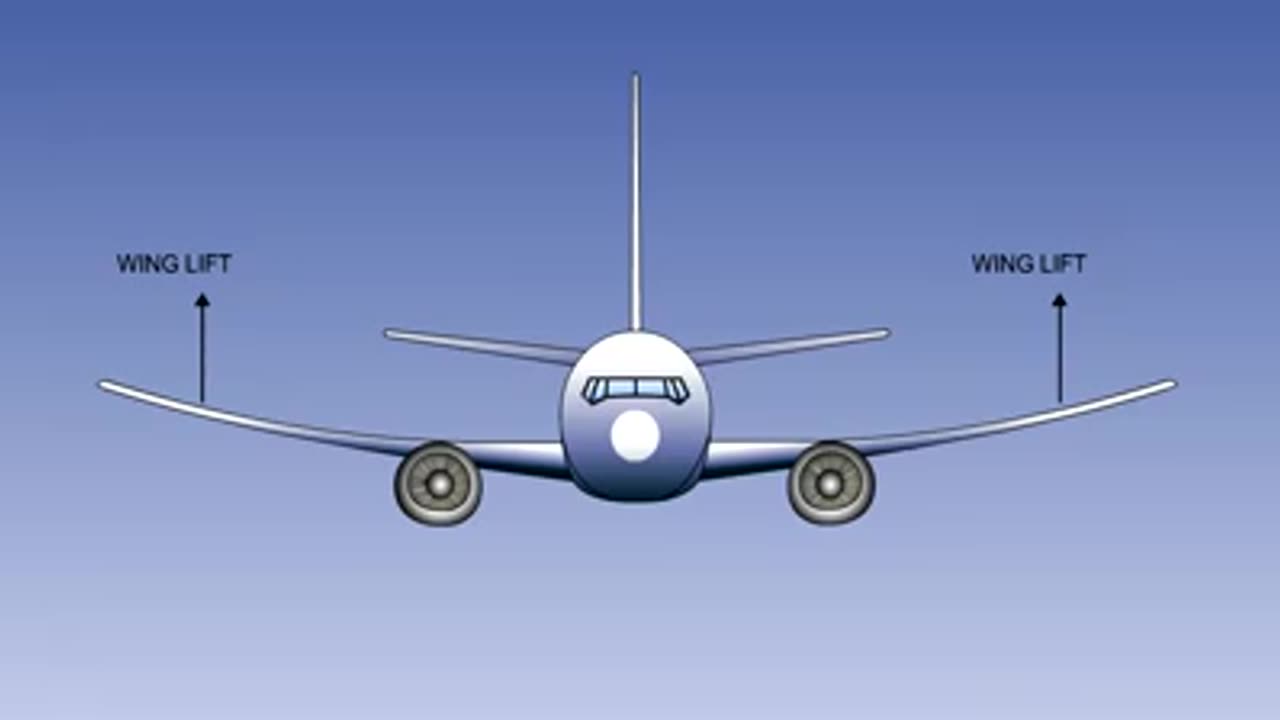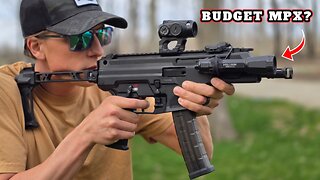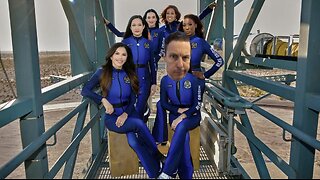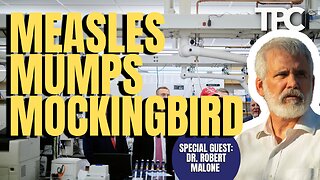Premium Only Content

The lesson of construction of aircraft
Certainly! The process of constructing aircraft involves several key steps:
1. **Design Phase:** Engineers and designers create detailed plans for the aircraft's structure, systems, and components. This includes determining the size, shape, and configuration of the fuselage, wings, tail, and other parts.
2. **Material Selection:** The choice of materials is critical for ensuring the aircraft's strength and durability while keeping weight to a minimum. Materials like aluminum, composite materials, and titanium are commonly used for different parts of the aircraft.
3. **Structural Assembly:** The aircraft's components are fabricated and assembled according to the design specifications. This involves welding, riveting, and bonding various parts together to form the fuselage, wings, and other sections.
4. **Wing Design:** The wings are designed with careful consideration of their aerodynamic shape and structural integrity. Wings may have various components like ailerons, flaps, and winglets to control flight maneuvers and optimize performance.
5. **Engine Installation:** Engines are integrated into the aircraft's structure, with specific placement and attachment methods to ensure efficient power delivery and aerodynamic balance.
6. **Avionics Installation:** Avionics systems, including navigation, communication, and control systems, are installed in the cockpit to enable safe and precise operation.
7. **Testing and Quality Control:** Rigorous testing is conducted to ensure the aircraft's components function as intended. This includes stress testing, vibration testing, and flight simulations to identify any weaknesses or defects.
8. **Certification:** Regulatory authorities such as the Federal Aviation Administration (FAA) in the U.S. review the aircraft's design, construction, and testing to ensure compliance with safety and performance standards.
9. **Prototyping and Iteration:** Aircraft designs often go through several prototype iterations and improvements based on testing feedback and real-world performance.
10. **Manufacturing Techniques:** Modern manufacturing techniques, such as 3D printing and computer-aided design (CAD), have revolutionized the aircraft construction process, allowing for greater precision and efficiency.
11. **Safety Measures:** Safety is paramount in aircraft construction. Engineers follow strict guidelines to ensure that the aircraft can withstand stress, turbulence, and other challenges encountered during flight.
12. **Final Assembly:** After successful testing and certification, the aircraft's final assembly takes place. This includes installing seats, cabin amenities, and finishing touches.
13. **Delivery:** Once the aircraft is fully constructed and passes all necessary inspections, it's ready for delivery to the airline or owner, who will operate and maintain it following established protocols.
Throughout the construction process, collaboration among engineers, designers, manufacturers, and regulatory agencies is essential to create a safe, efficient, and reliable aircraft that meets industry standards and customer expectations.
-
 LIVE
LIVE
Tactical Advisor
13 minutes agoKuna FIRST LOOK | Vault Room LIve Stream 020
139 watching -
 44:41
44:41
Coin Stories with Natalie Brunell
5 hours agoBeating the Odds with Bitcoin: John Deaton’s Path To Prosperity & Reviving the American Dream
482 -
 1:17:40
1:17:40
Awaken With JP
3 hours agoLeft Wonders if Killing is Wrong? - LIES Ep 87
32.6K56 -
 2:15:01
2:15:01
The Quartering
4 hours agoChina PANICS Over Tariffs, Tesla Terrorist Gets 40 Years, TikTok Challenge KILLS 8 Year Old & More
120K34 -
 1:48:41
1:48:41
Right Side Broadcasting Network
5 hours agoLIVE: President Trump at Commander-in-Chief Trophy Presentation to the Navy Midshipmen - 4/15/25
30.8K4 -
 1:16:30
1:16:30
The HotSeat
2 hours agoJoe Biden Crawls Out of the Basement, Meanwhile AOC Cosplays Kamala
3.15K3 -
 9:25
9:25
Talk Nerdy Sports - The Ultimate Sports Betting Podcast
1 hour ago4/15/25 - Solo Mission: Play-In Carnage & Diamond Sniping
11 -
 1:11:07
1:11:07
Jeff Ahern
1 hour agoTrending Tuesday with Jeff Ahern!
1.48K1 -
![[Ep 650] Left Victimizes Karmelo Anthony | Defund NPR/PBS | Guest Sam Anthony [your]NEWS](https://1a-1791.com/video/fww1/46/s8/1/1/X/o/C/1XoCy.0kob.1-small-Ep-650-Left-Victimizes-Karm.jpg) LIVE
LIVE
The Nunn Report - w/ Dan Nunn
2 hours ago[Ep 650] Left Victimizes Karmelo Anthony | Defund NPR/PBS | Guest Sam Anthony [your]NEWS
181 watching -
 1:23:56
1:23:56
Tommy's Podcast
14 hours agoMMR & Operation Mockingbird | Dr. Robert Malone (TPC #1,727)
20.2K3